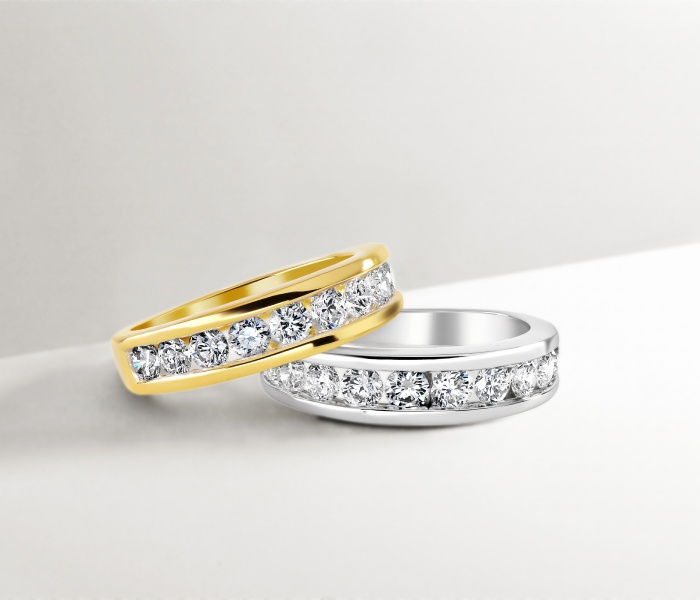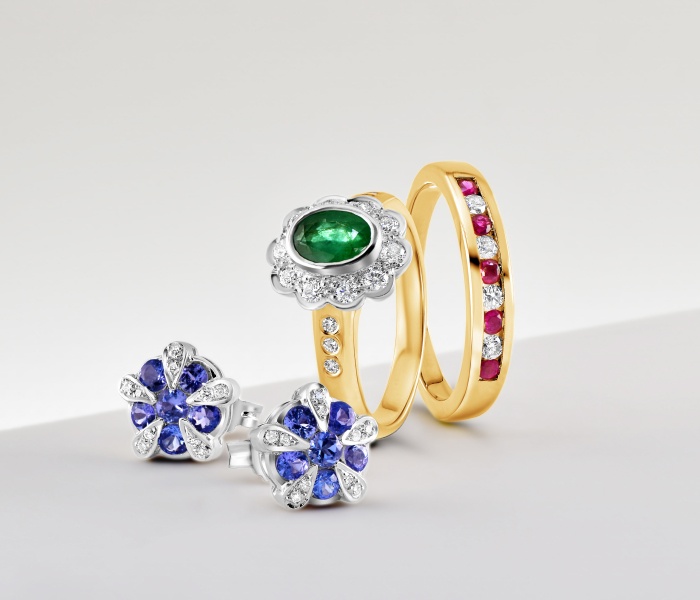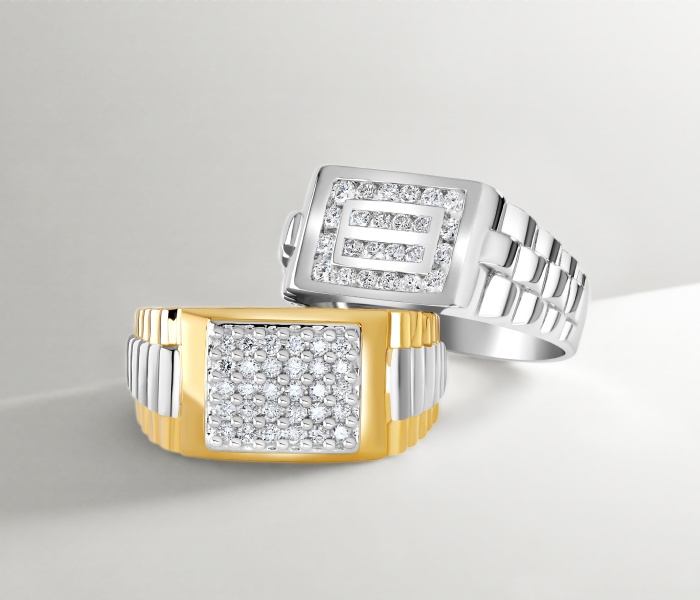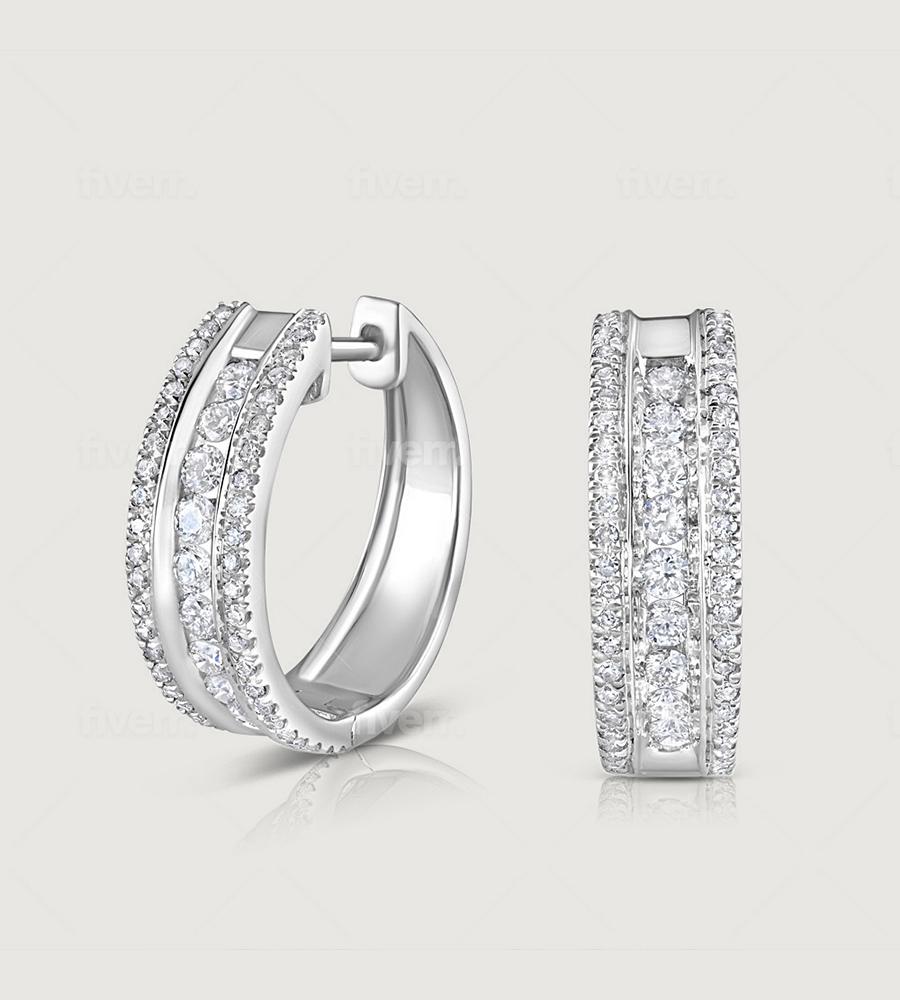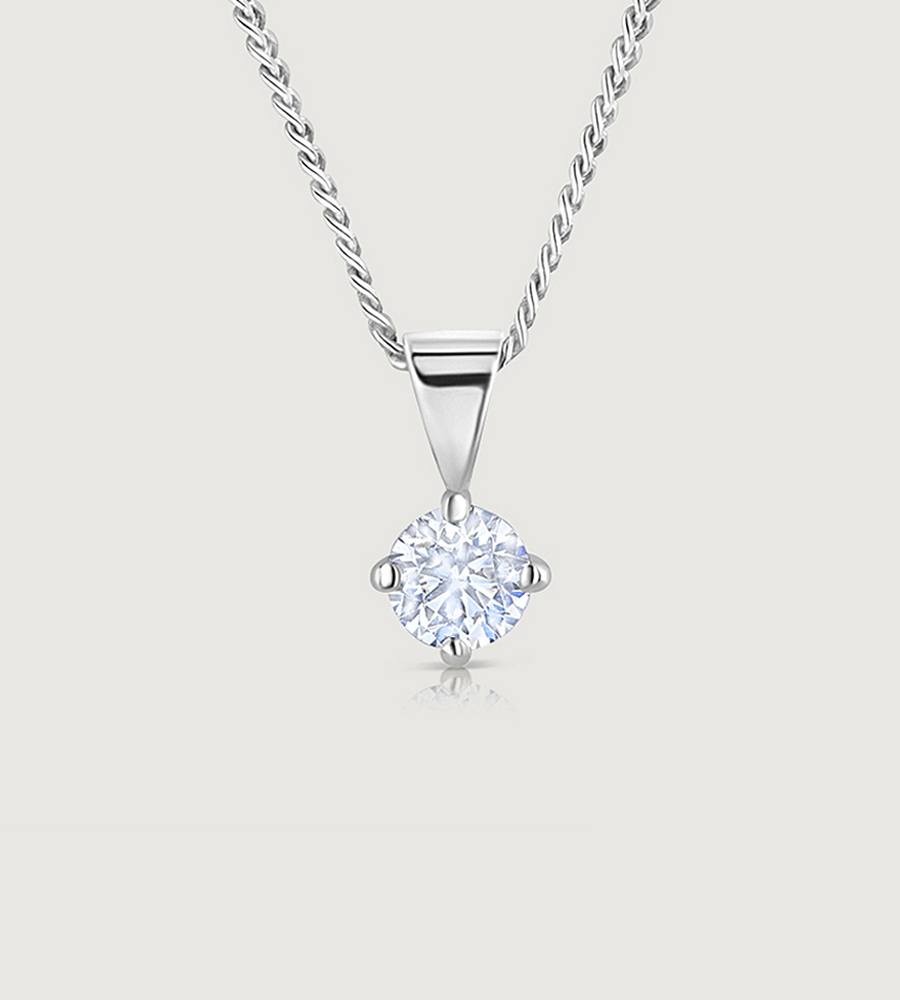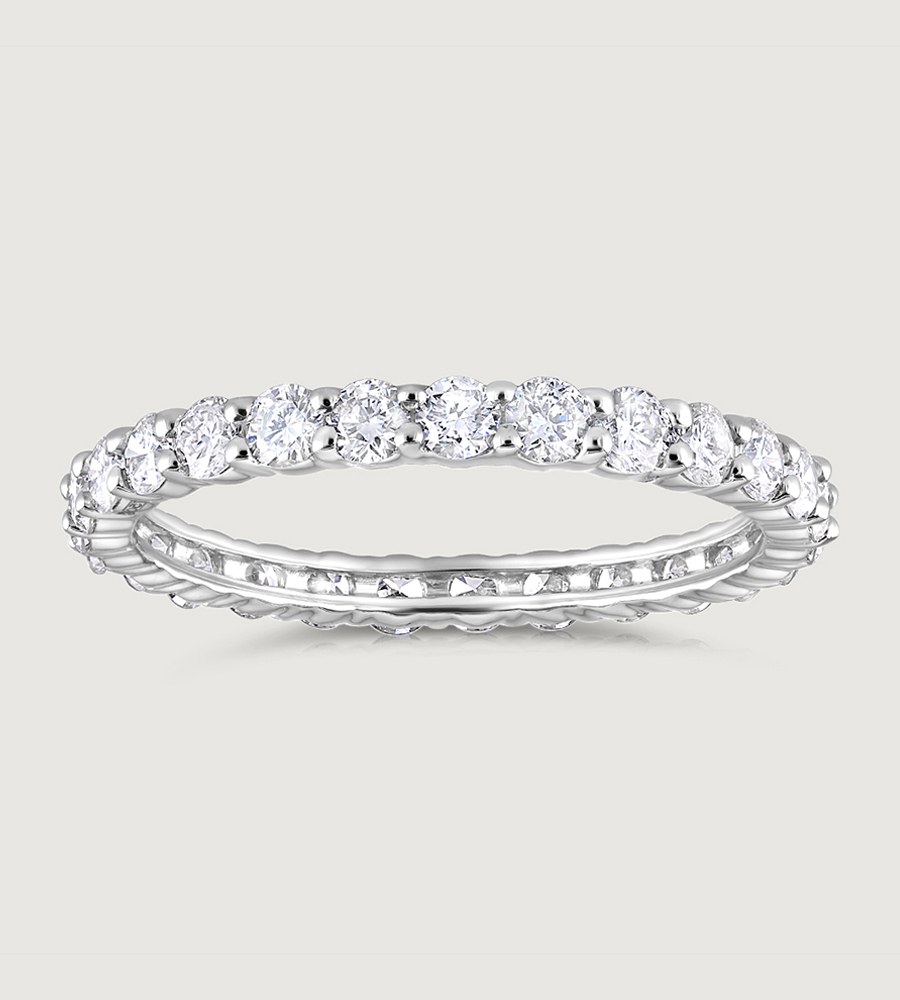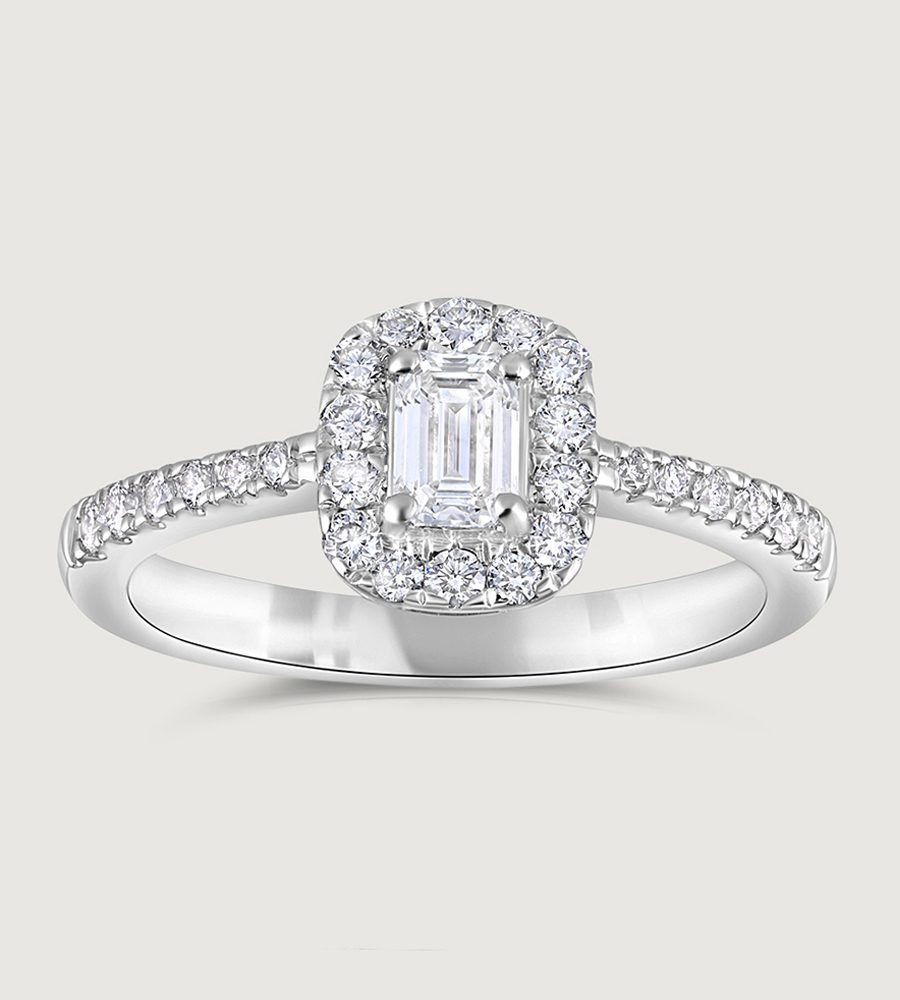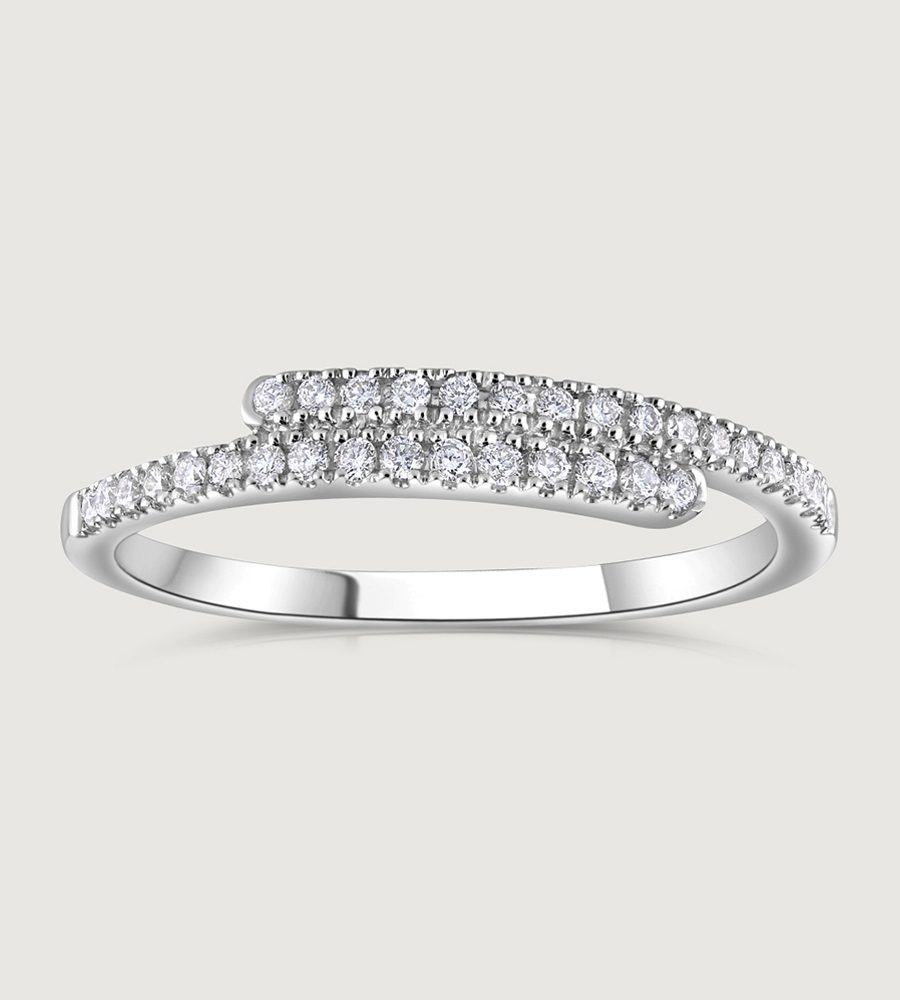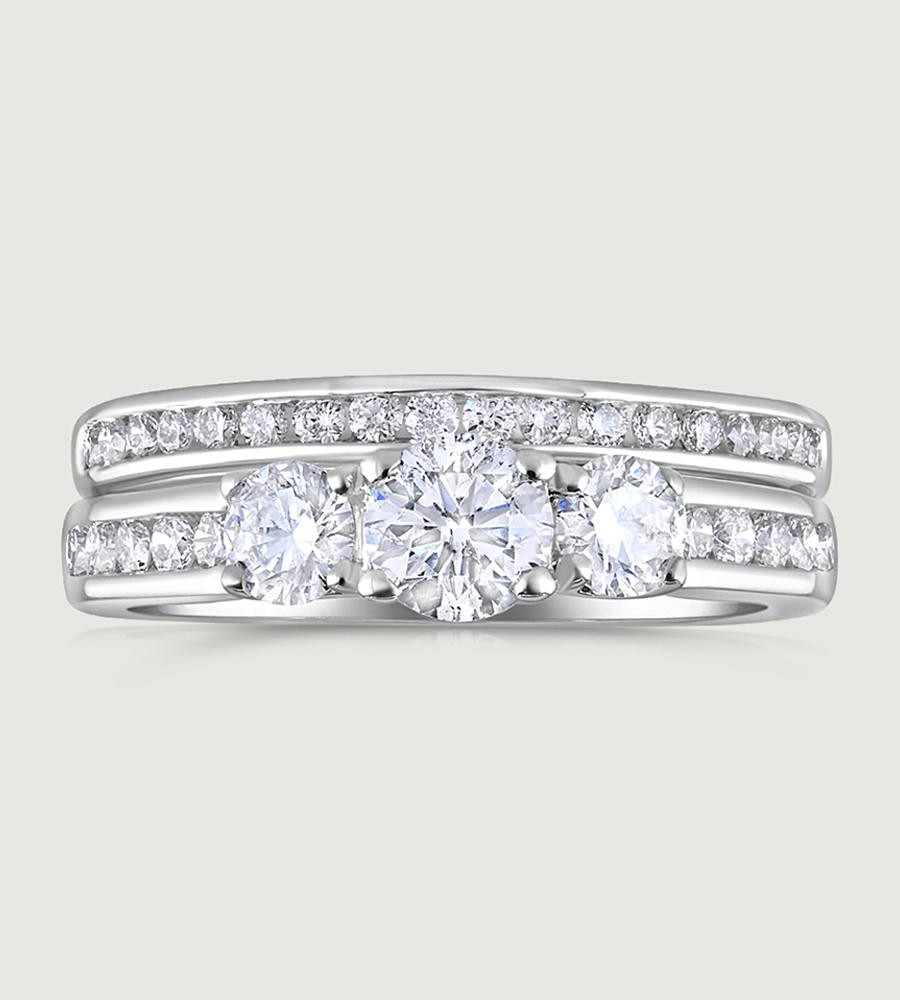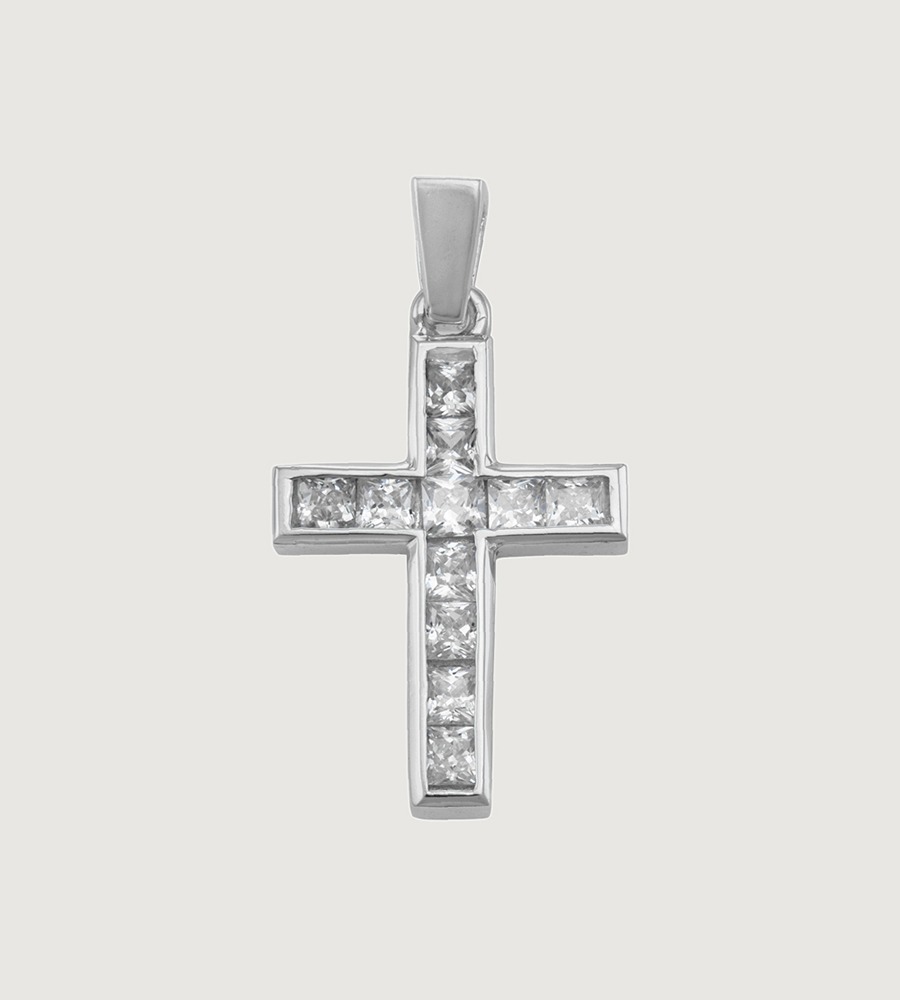Diamond Jewellery FAQs
What Diamond Jewellery Can I Buy at Hatton Jewellers?
Hatton Jewellers are proud to offer an excellent variety in our diamond jewellery collection. With diamond pieces for both women and men, you’ll find dazzling diamond bracelets, necklaces, and a range of rings and earrings.
Is Diamond Jewellery A Good Investment?
Diamonds are an excellent choice for an investment jewellery piece. Their rarity and ongoing cultural significance as a status symbol help their value to remain consistently high.
If you’re interested in buying jewellery as an investment, our 10 Pieces of Jewellery Worth the Investment blog will offer you more advice.
How Can I Tell If A Diamond Is Real?
If you want to feel confident that your jewellery contains genuine diamonds, the best way to be sure is to ask for a gemological certificate. These certify whether or not a diamond is real and cover its cut, clarity, colour and carat.
When you buy a piece of diamond jewellery from Hatton Jewellers, you’ll receive a WGI certificate with your piece. This is a certificate from the World Gemological Institute, which gives unbiased and expert diamond gradings.
There are also several at-home tests that you can perform and specialist tests that a jeweller can perform for you to check whether or not your diamond is real. We cover these in our guide on How to Tell if a Diamond is Real or Fake.
What Are The 4 Cs Of Diamond Jewellery?
The four Cs judge a diamond's value. This is cut, colour, clarity and carat.
- Cut - how well the diamond’s facets have been cut and their ability to reflect light.
- Colour - how coloured or colourless a stone is, with colourless being the most valuable.
- Clarity - the presence or absence of flaws in the diamond, known as inclusions.
- Carat - the weight of the diamond which can be calculated by dividing the overall weight of the stone by 0.2.
Want to learn more? We cover the four Cs in detail in our blog, What Are The 4 C's Of Diamond Quality.
What Is Diamond Cut?
Diamond cut is the measure of how well your diamond catches light, which all depends on the quality of its facets. This can be measured by:
- Fire (flashes diffused under light)
- Brilliance (brightness)
- Scintillation (sparkle)
- Polish (smoothness of each facet)
- Symmetry (arrangement, size and shape of facets).
What Is Diamond Colour?
Diamond colour is measured according to the diamond colour scale, with colourless diamonds as the most valuable. The scale is as follows:
- Colourless
- Near Colourless
- Faint
- Very Light
- Light
What Is Diamond Carat?
Diamond carat is the weight measurement of a diamond, calculated by weighing the stone on highly sensitive gemological scales and dividing the overall weight of the stone by 0.2.
Diamond carat can also be used to work out the approximate size of a stone using our Diamond Carat Size Converter.
What Is Diamond Clarity?
Diamond clarity measures how many imperfections, known as inclusions, your diamond has. These are things such as cavities, chips, hair-like lines called bearding and clusters of small crystals called clouds, which can damage your diamond’s light-transmitting properties.
A diamond with no inclusions is referred to as being flawless - these diamonds are the most valuable. Other clarity ratings are:
- IF: Internally Flawless
- VVS diamonds (1 and 2): Very, Very Slightly Included
- VS diamonds (1 and 2): Very Slightly Included
- SI diamonds (1 and 2): Slightly Included
- I diamonds (1, 2 and 3): Imperfect.
What Is The Anatomy Of A Diamond?
Your diamond is cut into many different parts, and knowing the terminology can help you to tell your jeweller exactly what you’re looking for.
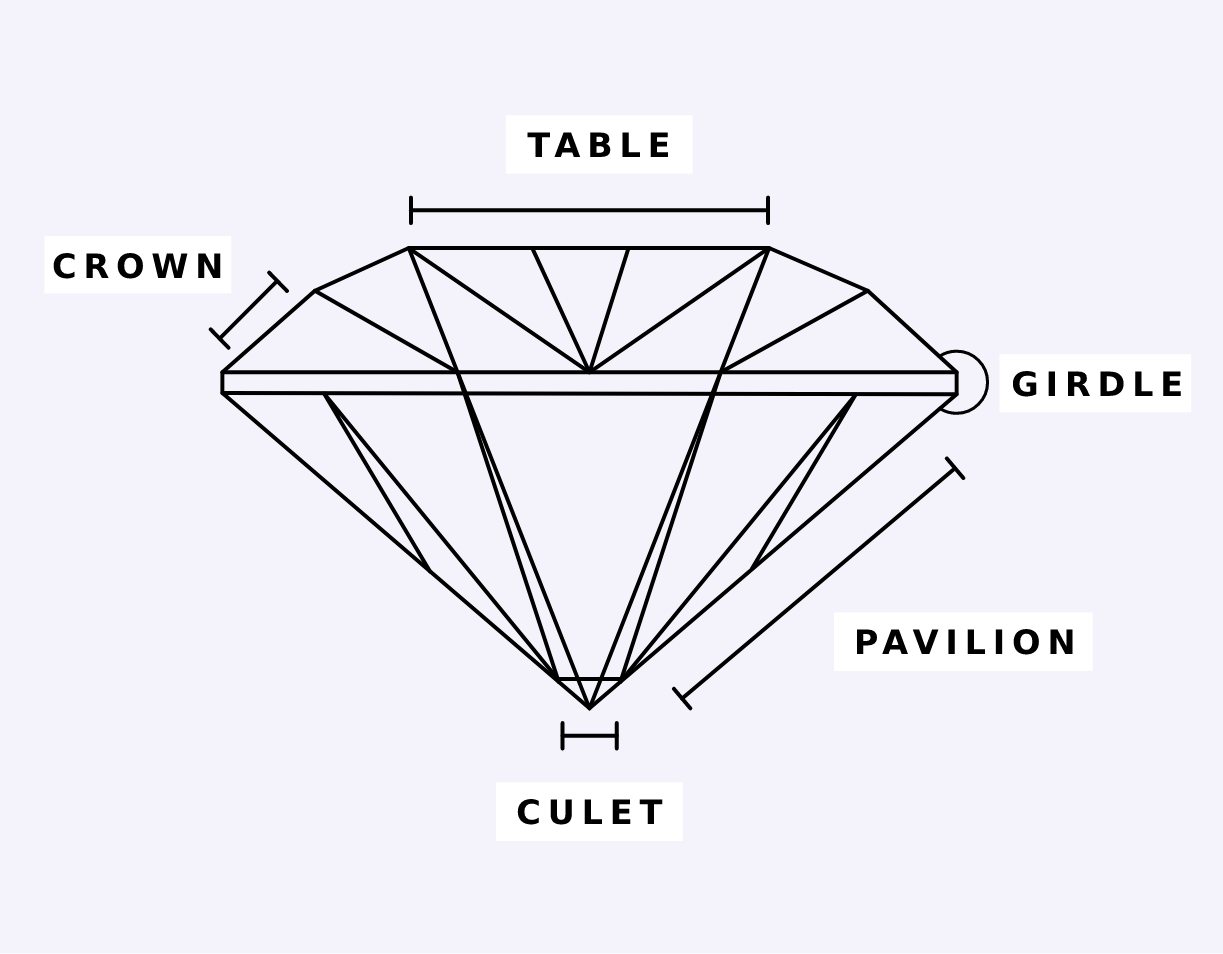
- The table - this is the flat top of the diamond and typically the largest facet.
- The crown - sitting beneath the table, your diamond’s crown will often contain many sparkling facets.
- The girdle - this is the widest part of your diamond where the crown and pavilion join.
- The pavilion - sitting beneath the girdle, the pavilion holds the majority of your diamond’s weight.
- The cutlet - the bottom of your diamond, shaped into a point or a small facet. Generally, the smaller your cutlet is, the more light will reflect through your diamond.
You can learn more about diamond anatomy in our Diamond Guide.
What are Lab-Grown Diamonds?
Lab-grown diamonds are structurally the same as other diamonds, except they have been grown in a lab rather than mined from the earth. Due to the lack of mining costs, they are often considerably cheaper than natural diamonds, although many still prefer natural diamonds for their history and traditional status.
If you would like your diamond jewellery to be made with lab-grown diamonds, we at Hatton Jewellers are happy to source these for you. You can read our Guide to Lab-Grown Diamonds for more information.
How Do I Care For My Diamond Jewellery?
Maintain the sparkle of your diamond jewellery with our simple tips:
- Remove diamond jewellery during cleaning tasks involving harsh chemicals or where the stone might be scratched, such as washing up.
- If wearing diamond earrings or a diamond necklace, apply chemicals like perfume or hairspray before putting these items on so that they don’t dull them.
- Remove your diamond jewellery before physical activity or sport during which the stone might be knocked out of place.
- Do not wear your diamonds while swimming, as they can be dulled by both chlorine and salt water.
- Pick up a diamond ring by the band, not the stone. Hand oils can build up on the diamond over time to dull it.
- Store your diamond jewellery in its box or a soft, lint-free cloth pouch when not worn.
Discover more about caring for your diamond jewellery in our Diamond Guide.
How Do I Clean My Diamond Jewellery?
Cleaning diamond jewellery at home can be done by soaking the piece in lukewarm water and mild detergent and then brushing it with a soft-bristled toothbrush. Polishing should be done with a lint-free cloth.
Professional cleaning is also recommended every six months, as this has the added benefit of allowing a professional jeweller to look over your diamond jewellery for damages.
Jewellery cleaning is one of the first-class services proudly offered at our Chelmsford store.
What Diamond Cut Should I Choose?
Diamonds are available in a range of elegant cuts.
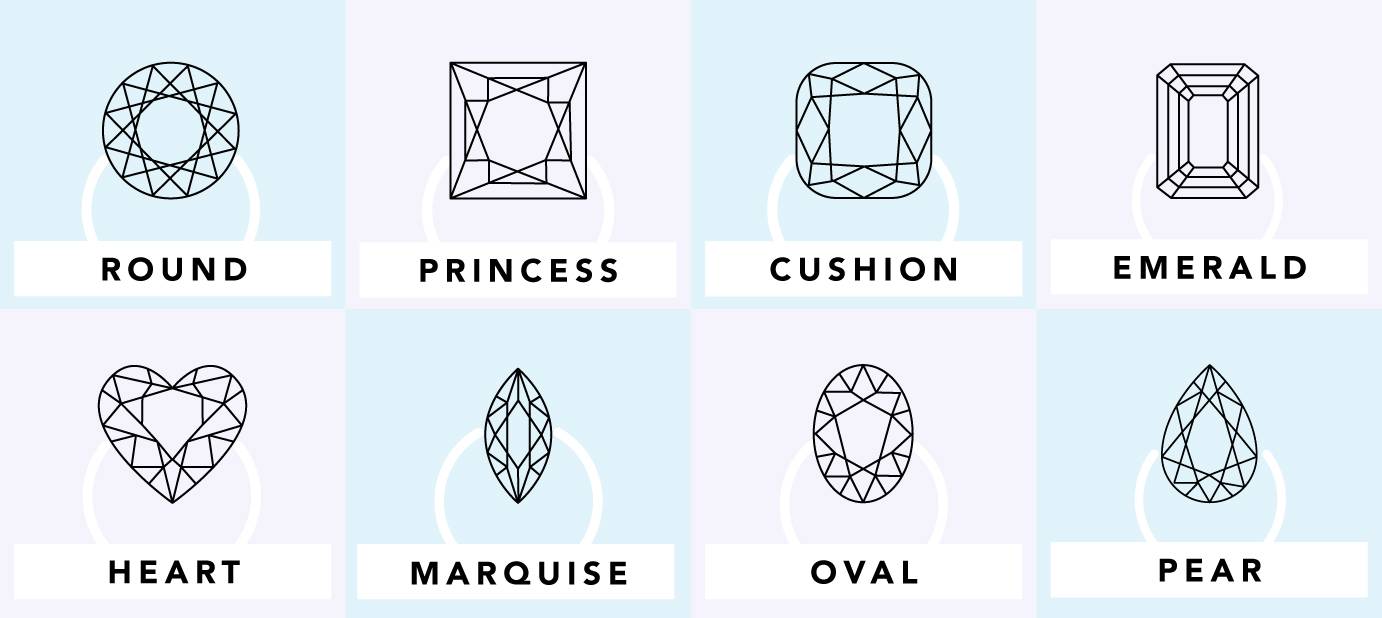
- Round brilliant cut diamonds are circular and feature multiple facets to reflect light in all directions, creating a dazzling appearance.
- Emerald cut diamonds are sleek and rectangular with cut-off edges.
- Princess cut creates a sharp-edged square shape.
- Pear-cut diamonds are in the shape of a teardrop, rounded at one end and pointed at the other.
- Cushion cut is a square-shaped cut with softer edges and rounded corners.
- Oval cut is an elongated rounded cut.
Should I Choose A Diamond Ring As My Engagement Ring?
Diamond rings have traditionally been chosen as engagement rings for more than a century, with their beauty and rarity making them a truly special gift for the one you love. However, there’s no need to be bound by tradition.
At Hatton Jewellers, we offer a wide range of engagement rings so that you can choose one that perfectly fits your partner’s tastes, such as their favourite gemstone or their birthstone. Our Guide to Engagement Rings will advise you further.
How Much Should A Diamond Cost?
Diamond price can vary significantly based on the grading of the four Cs, the quality of the jewellery or metal it is set in and whether it is lab-grown or mined.
Our blog on the cost of a diamond will help you decide what price range you can expect for your diamond of choice.
Why Buy Your Diamond Jewellery From Hatton Jewellers?
Every piece of diamond jewellery from Hatton Jewellers comes with a WGI certificate. This is a certificate from the World Gemological Institute verifying the authenticity of each diamond in your piece so that you can buy your resplendent diamond jewellery from us with complete trust.
On top of this, we can guarantee that every diamond in our jewellery is sourced in accordance with the Kimberley Process, so you know your piece is fully ethical.
In the unlikely instance that your diamond jewellery isn’t to your satisfaction, our diamond jewellery comes with a 30-day money-back guarantee.
So that you can purchase your diamond jewellery in the best way for you, we offer various buying options for you to pay in instalments via Klarna or humm.
Buy online or visit our Chelmsford store to experience our exceptional customer service in person.


